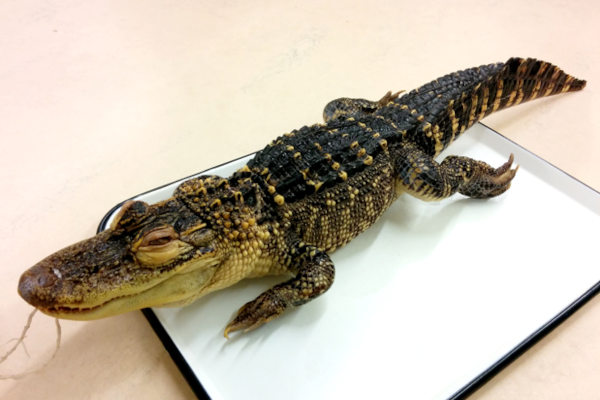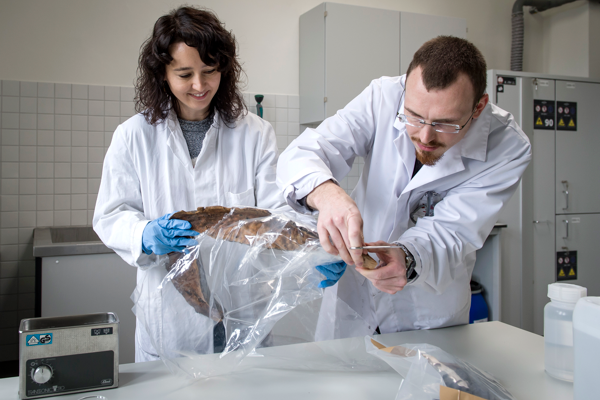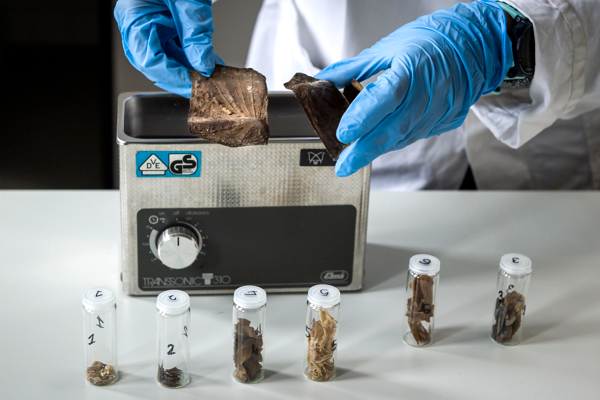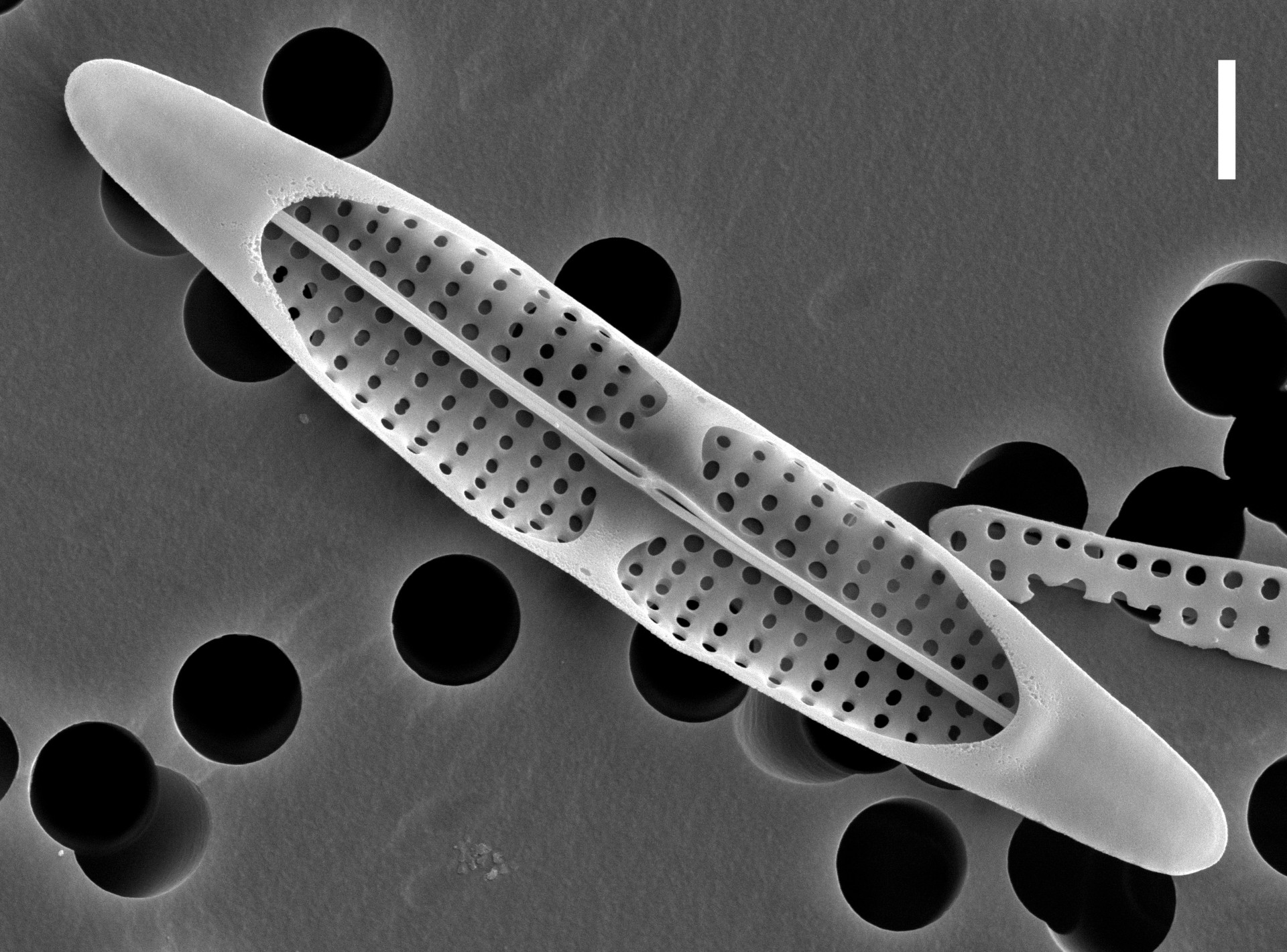The currently available information about animal-associated diatoms may seem minimal in the face of the immensity of the ocean and the as yet unexplored marine diatom diversity. However, it is clear that diatoms make a significant contribution to the epimicrobiome of, for example, glabrous marine megafauna, and these communities include both the potentially exclusively epizoic core species typical of a certain animal group or even species and generalist benthic taxa that attach to the already conditioned skin and carapaces of aquatic animals. The museum collections offer an excellent yet largely overlooked opportunity to study epibiotic diatoms, whose silica skeletons remain intact even in air-dried or poorly preserved animal specimens.
The ongoing study takes advantage of the unique resource of well-preserved aquatic animal specimens, including fossils, housed by various museums. Selected dried, frozen, and liquid-preserved specimens of different marine and freshwater animal species (including both vertebrates and invertebrates) collected from locations across the different ocean basins are analysed for their associated diatom communities. Depending on the nature of the animal specimen, diatom shells can be extracted using either an ultrasound bath or gentle brushing with a wetted toothbrush without damaging the valuable animal specimen. Diatom samples (both the siliceous shells and DNA, if available) obtained are processed and used in subsequent taxonomic and phylogenetic analyses. These unique materials contribute to our knowledge about biodiversity, biogeography, distribution shifts and evolution of epibiotic and surface-associated diatoms, minimising the cost and any possible environmental footprint of a similarly extensive study involving fieldwork and fresh material collection.
Left: A specimen of Alligator mississippiensis (Canadian Museum of Nature, Ottawa, Canada). Middle: A presumably ca. 300-year skin sample of an unidentified marine mammal is being prepared for processing (Übersee-Museum Bremen, Germany). Right: Carapace scales of ancient aquatic turtle specimens (Übersee-Museum Bremen, Germany).
Frustule of an epizoic diatom, Tursiocola sp. extracted from an ancient marine mammal specimen. Scale bar = 1 µm



